Relaxation techniques
What are Relaxation Techniques?
A relaxation technique is a method used to help a person reduce stress, anxiety, or tension by inducing a state of calmness and relaxation in the body and mind. There are many different types of relaxation techniques, but they all involve consciously focusing one’s attention on a specific sensation, thought, or object, with the goal of quieting the mind and promoting feelings of calmness and relaxation.
Some examples of relaxation techniques include deep breathing exercises, progressive muscle relaxation, visualization or guided imagery, mindfulness meditation, yoga, tai chi, and massage therapy. These techniques are often used in combination with each other to create a personalized relaxation routine that is tailored to an individual’s needs and preferences.
Research has shown that practicing relaxation techniques regularly can help reduce stress, anxiety, and depression, lower blood pressure, and improve sleep quality. Moreover, relaxation techniques are generally safe, easy to learn, and can be done anywhere and at any time.
This technique is a good way to manage stress-related symptoms. Relaxation is not only about peace of mind or enjoying your favourite thing. This is a process that reduces the stress effects on your mind and body. This technique can help you cope with everyday stress. these techniques will help you with prolonged stress or stress related to various health issues, like heart disease and joint pain. This technique gives you a better quality of life and helps to minimize stress, especially if you are a sick person.
Introduction:
Everyone faces stressful situations in their life, ranging from minor annoyances like traffic jams to more serious problems, like a loved one’s illness. No matter what induce stress and anxiety floods in our life this will enhance your heartbeats, your breath rate, and your muscles tense.
This so-called “stress response” is a normal reaction to serious situations honed in our prehistory to help us survive threats like an animal attack or a flood. Now, we hardly face these dangers, but challenging situations in routine life can set off stress management. We can not ignore all sources of stress in our lives. But we can minimize this problem by finding healthier ways of responding to them.
These techniques are practices to help bring about the body’s “relaxation response,” which is characterized by lower down your breathing, decrease blood pressure, and a decreased heart rate. The relaxation feeling is exactly the opposite of the stress feelings.
Health benefits of Relaxation techniques:
Doing relaxation techniques can have a lot of benefits, such as:
- Decreasing heart rate
- Maintain blood pressure
- Regular breathing rate
- Improving digestive system
- Maintain blood sugar levels
- Decrease activity of stress hormones
- Improve blood flow to major muscles
- Decreasing muscle tension and chronic pain
- Improving focus and mood
- Helps to improve sleep quality
- Lowering fatigue
- Decrease anger and frustration
- Boosting confidence to handle problems
To get the more benefit, you can use relaxation techniques along with other positive methods, like:
- Positive thinking
- Finding humour
- Problem-solving
- Managing time and our priorities things
- Doing exercise regularly
- Take a healthy diet
- Getting enough sleep
- Spending time outside
Relaxation techniques are not a priority for people with many responsibilities but from this, you can not compromise your health. so, you should give some relaxation time to your body.
12 Best different types of relaxation techniques:
Autogenic relaxation:
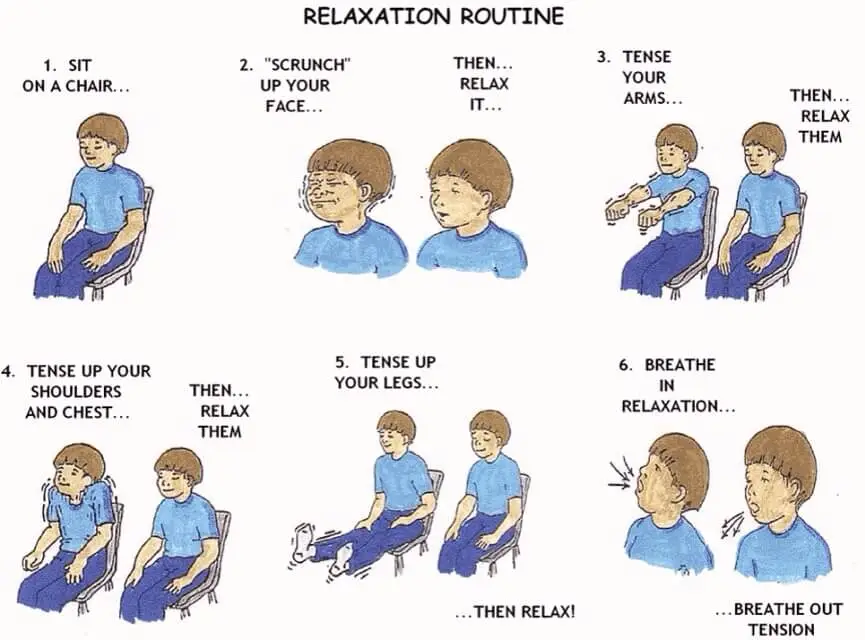
This technique is something that comes from within you. This technique can be used for visual imagery and body awareness to minimize stress. You can revise any good words or suggestions in your brain that will help you to relax and decrease muscle tension. To illustrate, you may imagine a peaceful setting in your mind. Then you can focus on your breathing pattern, slowing your heart rate, or feeling different physical sensations, such as relaxing both arms or legs one by one.
How to do it
- To start this practice you have to find a quiet and comfortable space to relax. You can perform these exercises by lying down or sitting up. you have to remove your glasses and wear loose clothing.
- Start with your breathing. The main priority is to slow down your breathing. when you have a normal breath pattern then, tell yourself, “I am completely calm.” Saying this to yourself may even be good to put you in a state of relaxation.
- Focus on different areas of your body. Start with your left arm and repeat the phrase, “My left arm is heavy, I am completely calm,” while breathing in slowly and controlled. Do this again with your left arm and legs, always going back to “I am completely calm.”
- Shift focus to your heartbeat. While breathing in deeply, repeats to yourself 6 times, “My heartbeat is calm and regular,” and then say, “I am completely calm.” This continues to other areas of your body, including the tummy, your chest, and your forehead.
Progressive muscle relaxation:
This technique also known as Jacobson’s Relaxation Technique will help you to focus on slowly tensing and then relaxing all muscle groups in your body. This will help you to give attention to the difference between relaxation and muscle tension. You can become more aware of physical touches.
How to do progressive muscle relaxation?
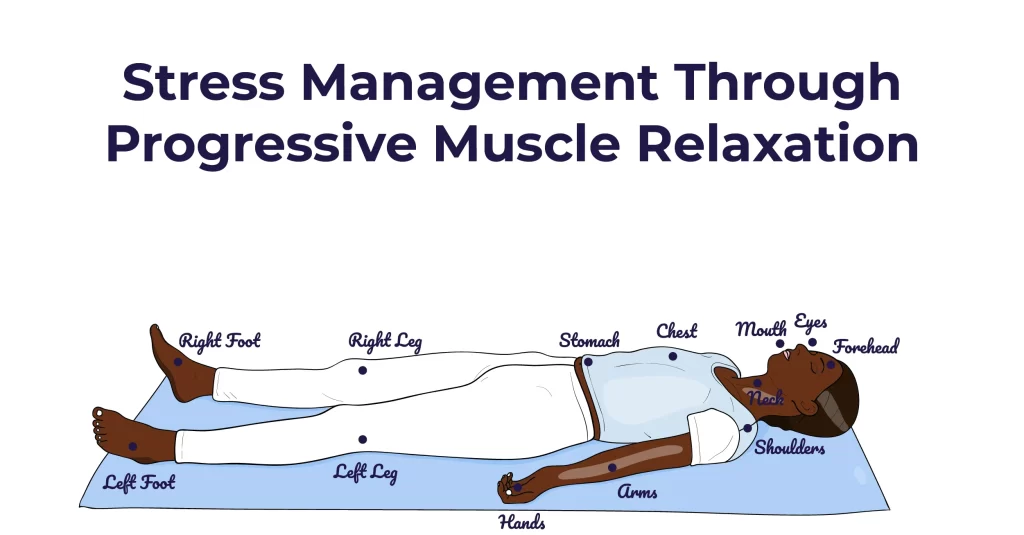
- Progressive muscle relaxation is an easy technique to perform at home. You do not need any object for this exercise. All you need is focus, attention, and a quiet space where you would not be distracted.
- The key with this technique is to tense every muscle group and hold for 5 seconds. Now, you breathe out by relaxing your muscles for 15 to 20 seconds before you move to another muscle group.
- Begin this by lying or sitting down. Relax your whole body. Take 5 deep breaths.
- Raise your toes upward. Hold, then let go. Pull your toes downward. Hold, then let go.
- Then, tense your lower leg muscles, then relax it.
- Rotate your knees toward each other. Hold for a couple of seconds.
- contract your thigh muscles. Hold for two seconds, then relax.
- Close your hands. Pause, then let go.
- Tense your both arm. Hold, then let go.
- contract your buttocks. Pause, then let go.
- squeeze your abdominal muscles. Pause, then let go.
- Breathe in and tighten your chest. Hold, then breathe out and let go.
- move your shoulders to your ears. Pause, then let go.
- Purse your lips together. pause for 2 seconds, then release.
- Open your mouth. pause, then let go.
- Close your eyes. Pause, then release.
- Raise your eyebrows. Hold, then release.
Deep breathing Breathing Exercises:
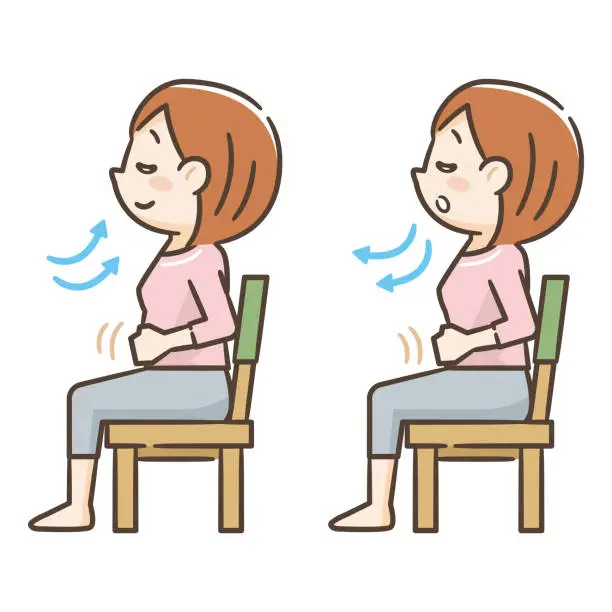
For these breathing exercises, you may focus on taking slow, deep breaths also known as diaphragmatic breathing.90% of people take short breaths, shallow breaths into their chests. It can make you feel anxious and save you energy. With this technique, you will learn how to take bigger breaths, all the way into your tummy.
- Get into a comfortable position. You can take a supine lying position in bed or on the ground with a pillow under your head and knees or you can sit in a chair with your body should be supported against the back of the chair.
- Inhale through your nose. Let your belly fill with air.
- Exhale through your nose.
- Put your right hand on your belly. Plant your left hand on your upper chest.
- As you inhale, feel your belly rise. As you exhale, feel your belly lower. The right hand should move more than the left that is on your chest.
- Take two to three more full, deep breaths. Breathe in and try to fill the air in your belly as it rises and falls with your breath.
Massage:
There has a variety of techniques in massage that can be used to increase relaxation. The techniques most commonly used include:
- Effleurage
- Wringing
- Kneading
Effleurage
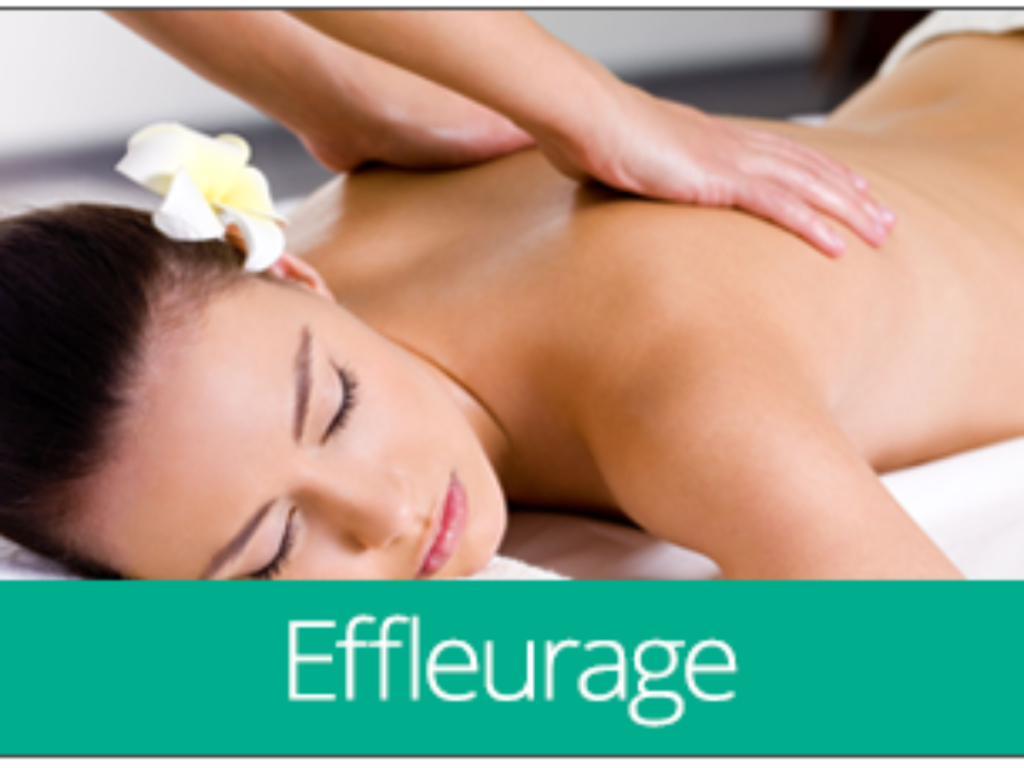
- Effleurage is regularly used to improve relaxation. Effleurage is a gentle therapy that focuses mainly on soft tissues within superficial muscles. This technique is performed using flattened hands and fingers and is used to increase muscle temperature.
- Muscle temperature increases when effleurage massage is applied, increasing tissue elasticity and flexibility.
- An increase in tissue elasticity and flexibility allows muscles to stretch increasing motion and relieving tightness and tension. Relieving tightness and tension improves relaxation.
Wringing
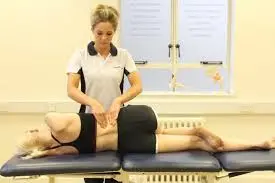
- Wringing is an effective massage used to increase relaxation.
- Wringing is where soft tissues are lifted and pulled from either side of the treatment area to the center in different directions. The Pressure applied over the body parts should be varying from firm to light throughout the wringing massage.
- we aim to stretch muscle tissues and relieve restriction come inside the muscle. Restriction can be occurred by muscle tightness, tension, and muscular knots. Muscle tightness, tension, and muscular knots all induce pain and stress and feel uncomfort.
- The lifting and pulling methods are used throughout the wringing massage to help with muscle tightness and tension and soften muscular knots. Softened muscular knots and decrease tightness and tension give muscle relaxation.
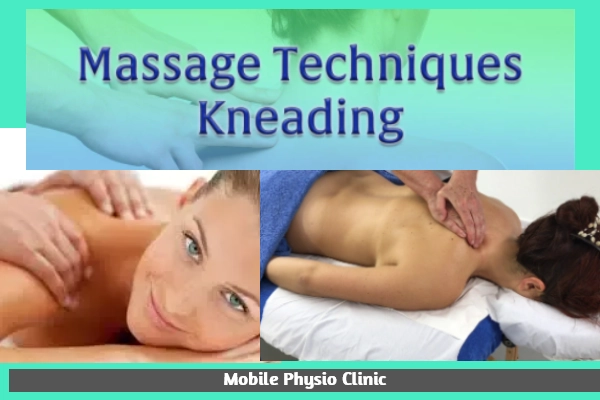
- Kneading is mostly used to increase relaxation. These techniques need the pulling and squeezing actions of areas containing soft tissues. the aim to get into deeper layers of muscle tissues using firm pressure throughout. Friction is applied during kneading due to the pulling and squeezing actions.
- The friction created encourages improved blood flow to the area. An increase in blood flow is used to rise muscle temperature as well as provide an increase in healthy oxygen and nutrients to give muscle energy and maintain its health. when the temperature rises the muscle’s flexibility can be improved, and allow it to reach its full range of movement.
- Increasing the range of movement and muscles with more energy levels, decrease restriction and muscle fatigue, and weakness, therefore, increasing muscle relaxation.
Improving relaxation through massage can help in various conditions. The most common problem increased relaxation can help with include:
- Acute Pain
- Pregnancy
- Stress
Which are the physiological effects of massage to increase relaxation?
- Raised Temperature
- Increased endorphins, serotonin, and dopamine
- reduce cortisol
The main physiological effects are increased relaxation increased temperature, increased endorphins, serotonin, and dopamine, and reduced cortisol level in our body.
Meditation
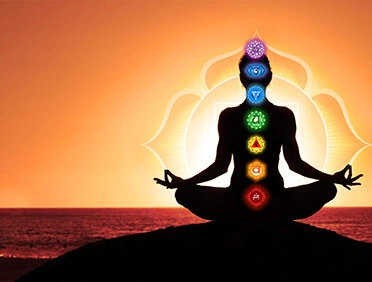
- Meditation can be helpful to everyone, but it is more beneficial to persons with a medical condition, especially one that may be worsened by stress. This can assist you a sense of calm, peace, and balance that will offer both your overall health and emotional well-being.
There have different types of meditation:
Guided meditation:
- This is also known as guided imagery or visualization, with this meditation technique you can create a mental image of places or situations you feel calm. You can use many senses as possible, such as sights, sounds smells, and textures. You can be led through this meditation by a guide or teacher.
Mantra meditation:
- In this technique, you have to silently repeat a relaxing word which gives you peace and gives positive thoughts or phrases to prevent distracting thoughts.
Mindfulness meditation:
- Mindful meditation is based on being mindful or having an increased awareness and acceptance of living in the present scenario. you broaden your consciousness and awareness.
- You pay attention to what you feel during meditation, like the flow of your breath. You may observe your thoughts and emotions. But let them pass without any judgment.
Yoga:
You can do a lot of posture varieties and controlled breathing exercises to improve a more flexible body and a relaxed mind. you will perform a variety of poses that required perfect balance and concentration, you can be encouraged to give attention to relaxation and present situations from your busy schedule.
Elements of meditation
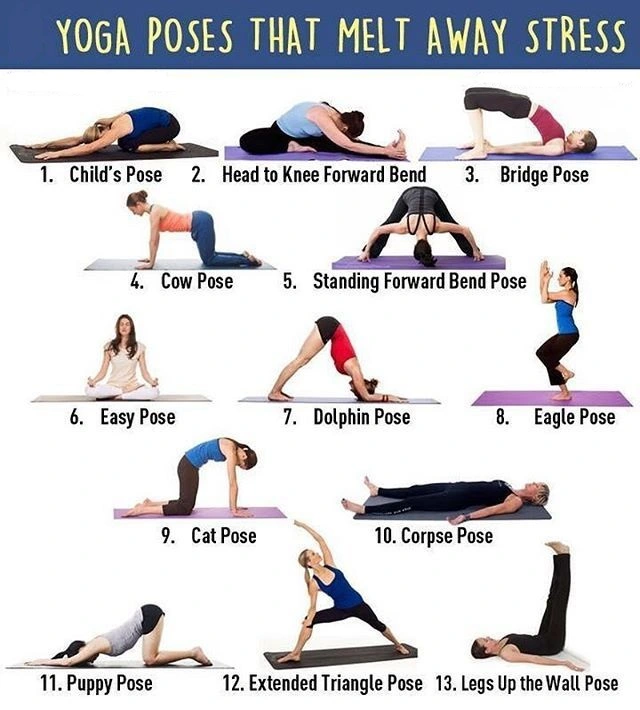
Different techniques of meditation may include different features to help you meditate. It can vary due to the different guidance you follow or who is teaching a class. Some of the common things in meditation include:
- Focused attention
- A quiet setting
- A comfortable position.
- Open attitude.
You do not need anything but yourself. If you have a yoga mat, that is great but not necessary. A napkin also works, or you can just sit on the floor. Find a comfortable space where you can be alone and uninterrupted for only five minutes. Begin With Some Mindfulness Let us start with your breathing. In a sitting, allow your shoulders to relax. From the tailbone to the neck, you have to extend your whole spine and contract your abdominals which will help to strengthen your back muscles, when you feel full extension then flex your spine from the top of your head. Breathe in for 5 seconds by pushing your stomach away from your body. breath out, by allowing your tummy inward. Do this 4 times.
Now Begin
when you perform varieties of yoga poses then focus on your self-respect,self-care, and curiosity toward you and you’re all past performance. It can help you in the right mind space for the exercises.
Easy Pose (Sukhasana): You have to sit in a comfortable position with your legs crossed. Relax your leg and allow your pelvis to be in a normal position. Think about how you are the breath in. Feel the sensations in your body. Sit for 60 seconds and feel the sensations that come with being unrushed, still, and internally aware.
Neck Roll: move your neck in the forward direction toward your chest 10 times and slowly move your head around in a full circle clockwise and anticlockwise 5 times. Invite the feeling of letting go. Return to the easy pose and raise the crown of your head.
Shoulder Roll: Roll your shoulders forward clockwise 4 times and then anticlockwise 4 times. When you are finished breathing, bring your hands over your head and exhale, and put your hands together at chest level.
Tabletop Position (Bharmanasana): Take a quadruped position move onto your hands and knees, and place your wrists directly under your shoulders and your knees under your hips. Your palms are placed on the floor, fingers facing forward with your body weight evenly divided on both palms. your head should be in the center position or a neutral position and soften your eye downward.
Cow Pose (Bitilasana): Inhale when you drop your tummy toward the mat. raise your chin and chest and look up toward the sky. Move your ears away from the shoulders.
Cat Pose (Marjaryasana): Breathe out and pull your tummy in and round your back toward the sky. Gently release the top of your head toward the ground. Repeat Cat-Cow five to ten times in an unrushed and peaceful rhythm.
Downward Facing Dog (Adho Mukha Svanasana): To do this pose tuck your toes under your feet, press your palms into the ground, and raise your hips, extending your tailbone toward the sky. Push your heels back and slightly down toward the ground. heels do not have to touch the mat. Allow your head to drop so that your neck is long. Stay here for 3 deep breaths.
Standing Forward Bend (Uttanasana): To get this pose gently move your hands towards your leg, and release the muscles in the neck and shoulders. Also, release the weight of your head and allow your lower limb to be extended. Cross your forearms. Place your left hand in front of your right upper arm and weave your right arm behind your left upper arm. Press your heels into the ground and extend your tailbone up to the sky. move your head back and forth to release your neck. Hold this for at least 4 breaths before releasing the arms to normal position.
Mountain Pose (Tadasana): flexed your knees, pull your tummy toward your back, and roll your body up.
Upward Salute (Urdhva Hastasana): Extend your tailbone down. inhale and clasp your hands together at chest level.
Child’s Pose (Balasana): Take a kneeling position. straighten your hands forward in front of you. Allow your trunk to relax down and back onto your thighs. give some space between your knees and the toes to touch. If possible, allow the back thighs to touch the heels of your feet.
Music and art therapy
- Music therapy technique is now an accepted, evidence-based practice that uses music within a therapeutic process to help people with identifying and dealing with social, cognitive, emotional, or physical problems. This technique, like making music, writing songs, listening to music, or reflecting on music, maintains health and well-being.
- Art therapy is not simple to create art. if not like art classes, where the focus is on learning specific techniques and creating particular pieces of finished work, this therapy focuses on the inner experience, expressing the inner world and focusing on feelings, thoughts, perceptions, and whatever comes up during this creative process.
Aromatherapy
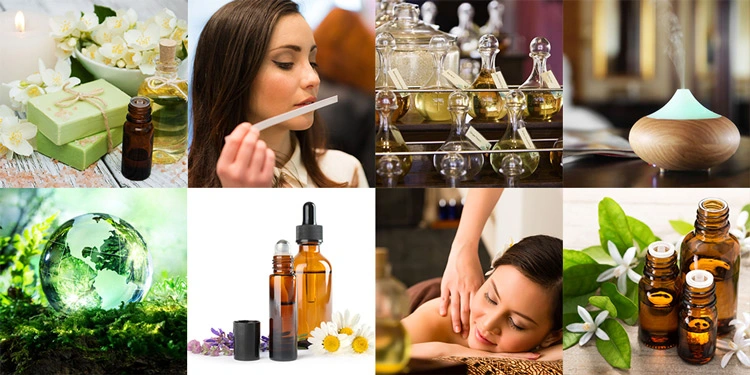
This technique uses essential oils in a controlled way to improve personal well-being. Aromatherapy oils are concentrated, naturally occurring, chemicals extracted from flowers, trees, and other plants. This oil is harvested very carefully from specific plant parts, like the flower, at specific times of the growing cycle. Potentially broad quantities of plant material are needed to produce tiny quantities of essential oil.
- Approximately 150 kg of lavender is required to make 1 litre of lavender essential oil. That is why essential oils are more expensive but usually need small quantities for therapeutic purposes.
- Many essential oils help you with physical as well as emotional well-being and they can be applied topically as an antiseptic effect and anti-inflammatories. for example, lavender oil is applied for treating minor burns.
- This therapy can be useful for many ailments but is commonly used to aid relaxation, promote calmness, and reduce stress.
Hydrotherapy
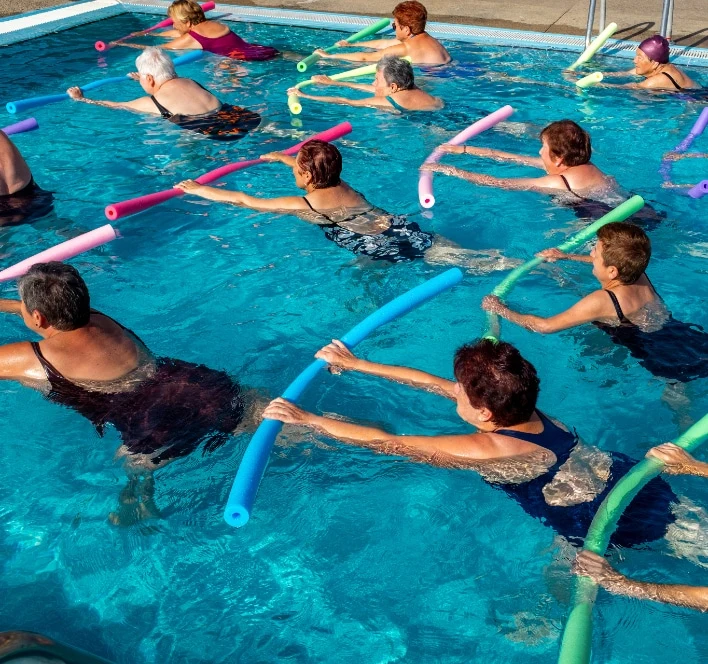
Hydrotherapy means the use of water for any form of therapy. Water therapy uses either cold or hot water, with the water pressure and flow varying among treatments. This intention is to ease both physical and mental symptoms.
Immersion therapies
- Immersion therapies are those which involve a person immersing themselves in water for relief. They include:
- cool baths
- cold plunges
- sits baths
- warm baths
- hot tubs with jet massages
- whirlpool baths
Guided Imagery or “Visualization”:
Guided Imagery or “Visualization”: It usually involves imagining peaceful scenes, events, or objects. These techniques will help to stimulate the body’s natural relaxation response.
- In This technique picture objects, scenes, or events that are associated with relaxation or calmness and attempt to produce a similar feeling in your brain.
- In this technique, you may form mental images to take a visual journey to a calm, piece place or situation.
- To feel relaxed by visualization, add senses as you can, like smell, sight, sound, and touch. If you visualize relaxing in the sea, for instance, think about the smell of salty water, the sound of crashing waves, and the rays of the sun on your body.
- You may want to shut your eyes, sit in a quiet place, wear-free clothing, and focus on your breathing pattern. we aim to focus on the present scenario and be positive.
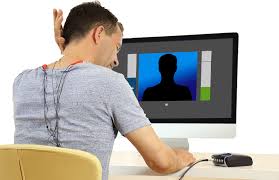
Biofeedback-Assisted Relaxation:
- Biofeedback is usually provided by an electronic device, you can learn how to recognize and manage how your body responds. This device helps you to monitor your heart rate, blood pressure, or muscle tension changes in response to feeling stressed or relaxed.
Self-Hypnosis:
- In the self-hypnosis technique, you grasp to produce the relaxation response by encouraging phrases or nonverbal cues known as a suggestion of your own.
FAQ
Which things make a relaxation technique useful?
In general, relaxation practice involve paying your attention to something calming and improving awareness of your body. It does not matter which relaxation technique you like. important is that you practice relaxation regularly to get its benefits.
Do relaxation techniques work for all?
Every person is different some relaxation techniques work well for some people, and others for other people. There are likely different methods that you already use to relax. You can practice different techniques and note which techniques are beneficial for you.
Which factors affect the rate of relaxation?
The main factors that affect the stress in relaxation are temperature, initially applied stress and material compositions. Temperature has the greatest factor in stress relaxation.
How can relaxation techniques decrease stress?
Anytime you feel stress, your body responds by releasing hormones that increase your blood pressure and increase your heart rate. This is known as the stress response. Doing relaxation can help your body to relax and decrease your blood pressure and maintain your heart rate.
Why is relaxation important for everyone?
Doing relaxation techniques can help you look after yourself when you are feeling worried or stressed. Relaxation could not make you stressed or worried about going away. But it can give you a mental break from that feeling and help you refocus.

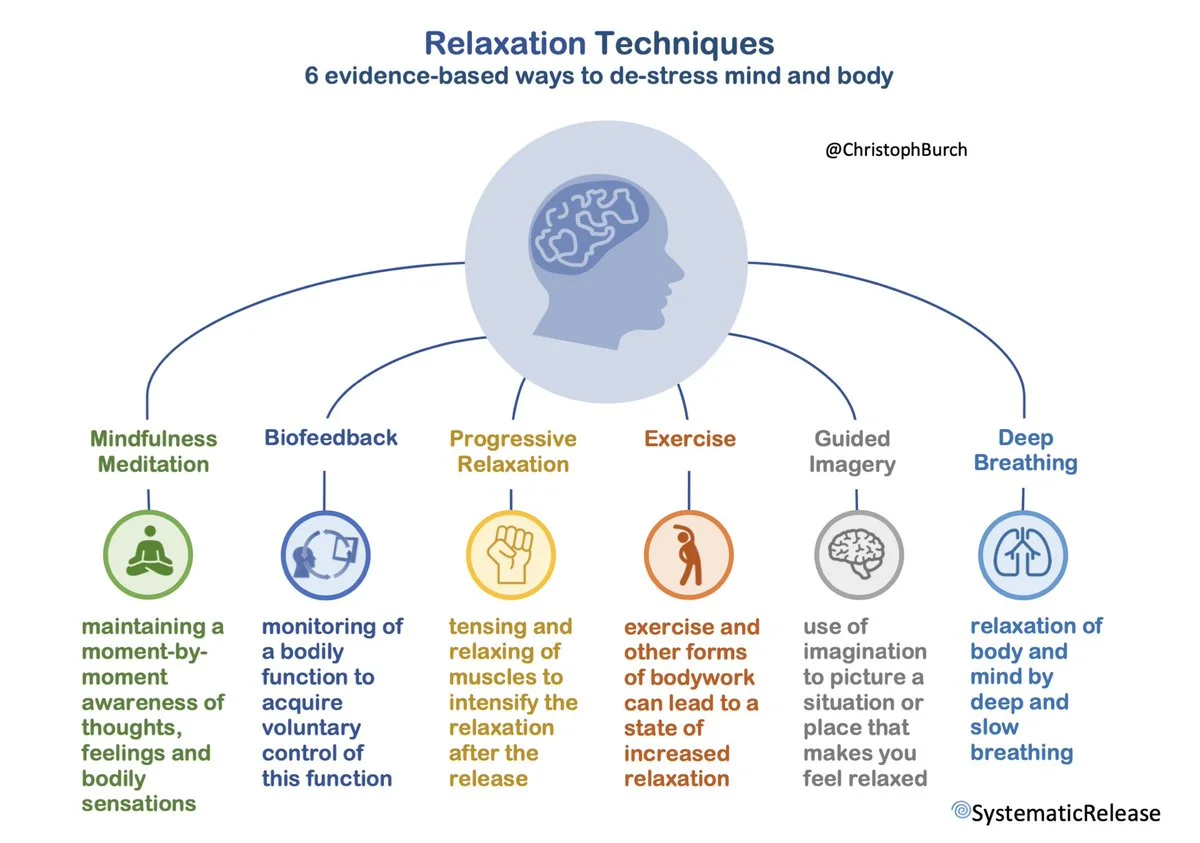
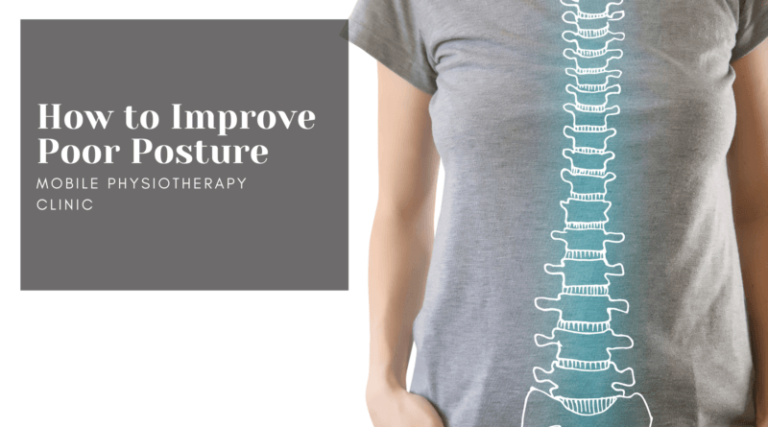
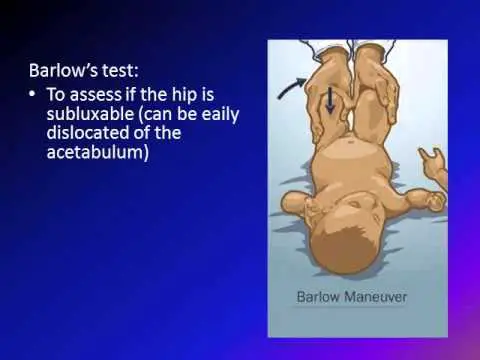
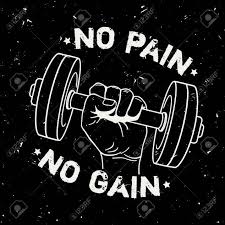
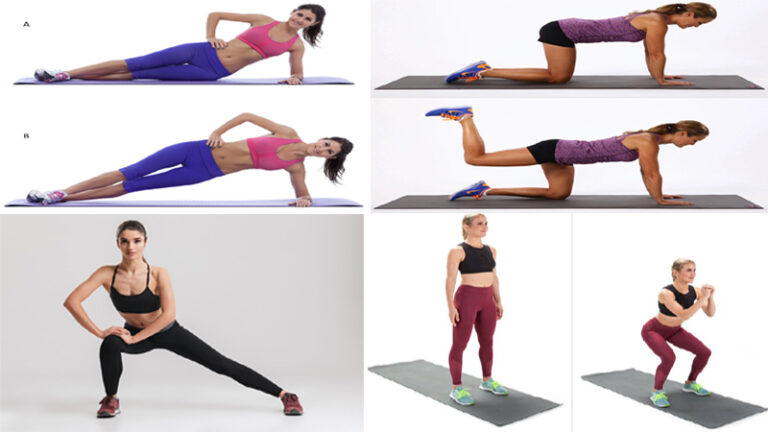
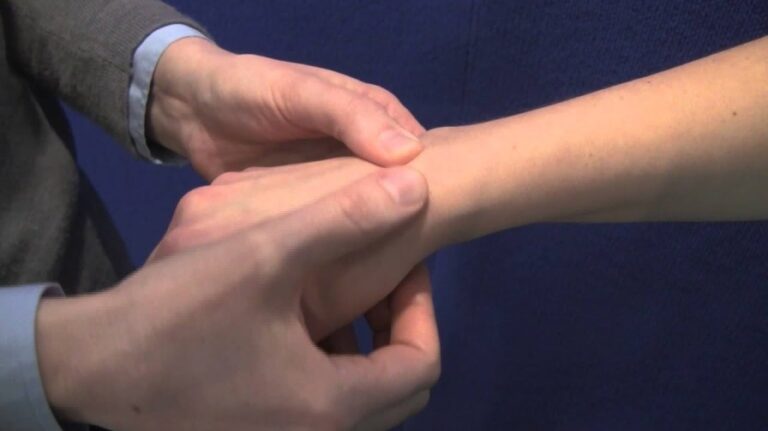
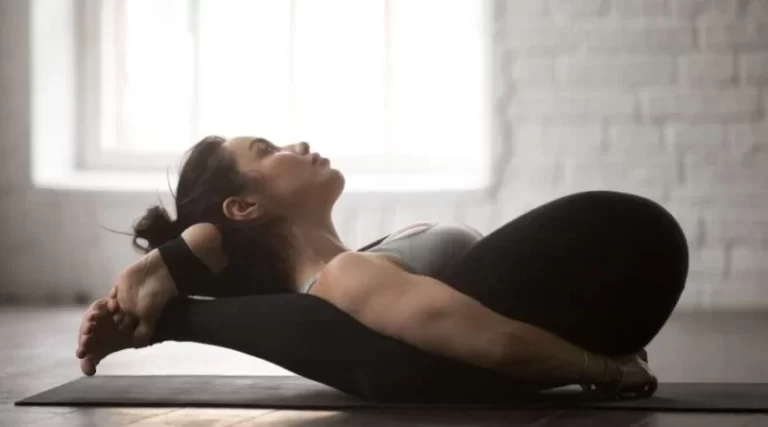
2 Comments